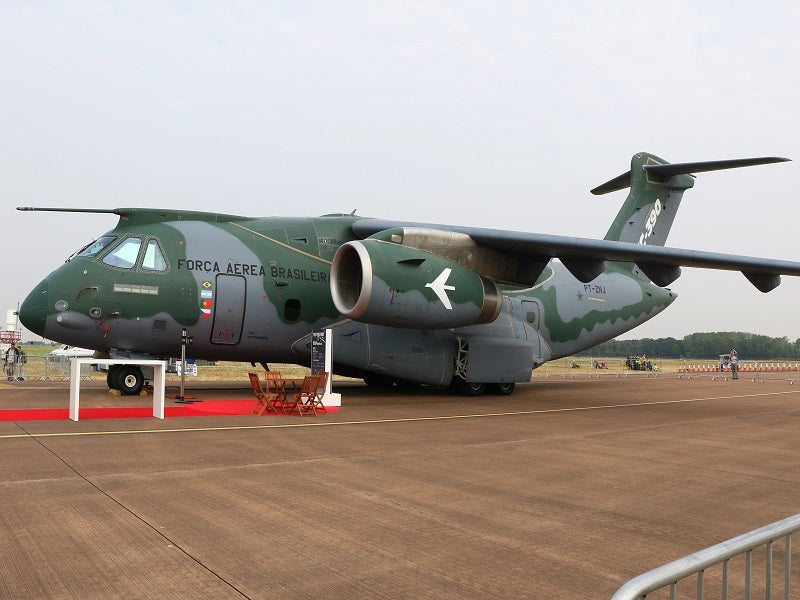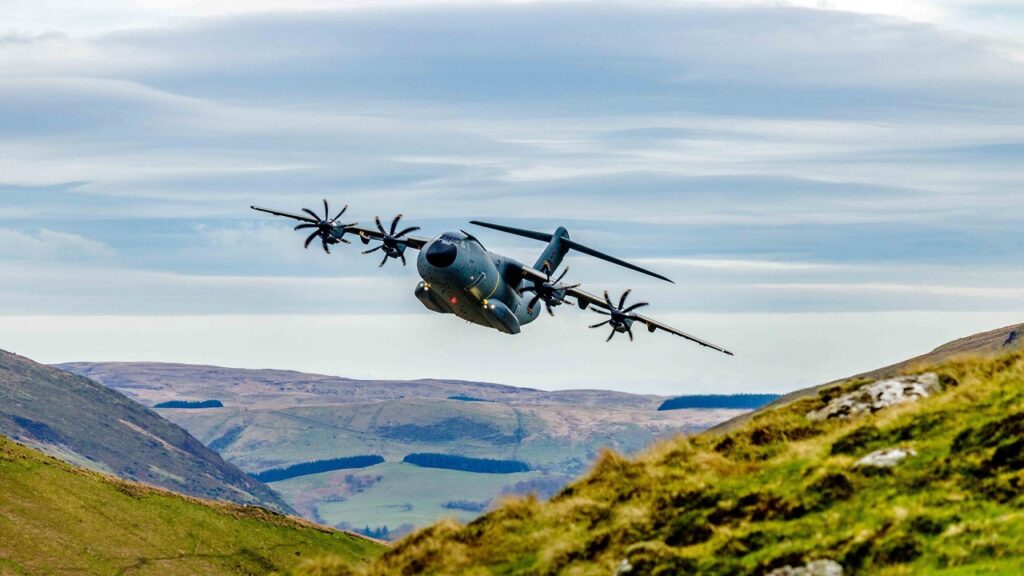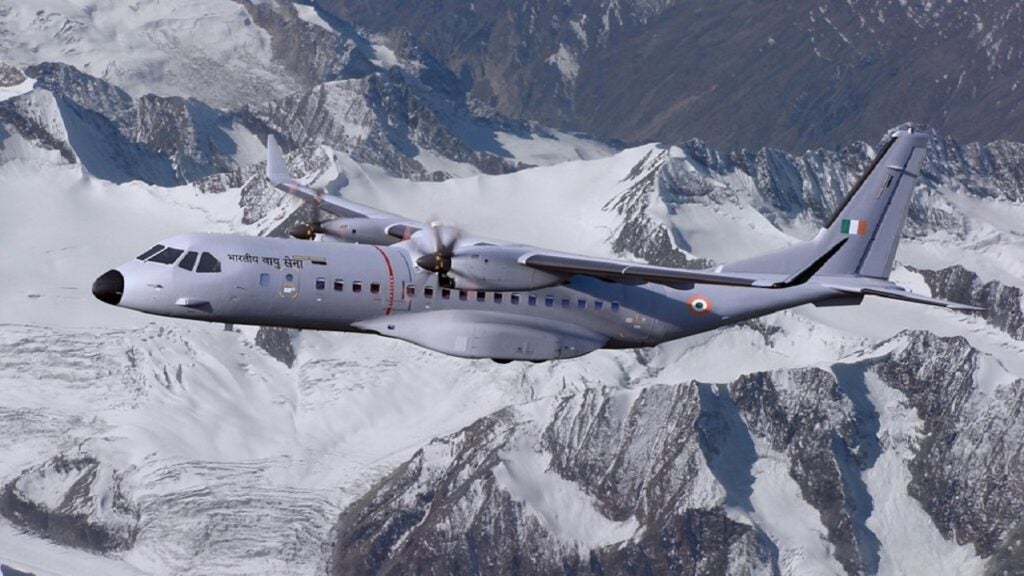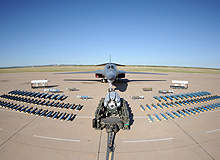
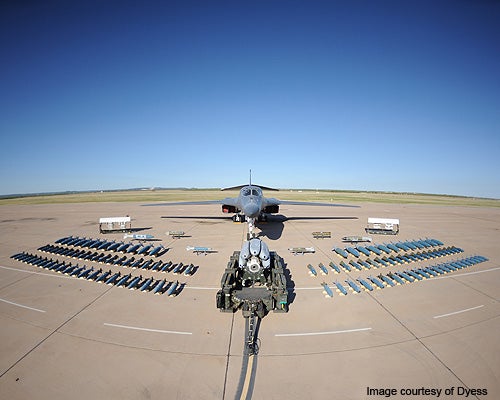
Dyess Air Force Base (DYS) is situated 11km southwest of Abilene, Texas, in the US. Built on a 6,117 acre site, the base was opened in December 1942.
The base is owned by United States Air Force (USAF) and operated by Air Combat Command (ACC). It is currently used as a military air force base and supports the pilot training and air lift capabilities for the USAF.
About 13,000 military and civilian personnel are currently residing at the base.
News about secret transfer of nuclear weapons from the Dyess air force base became viral in September 2013, but the base denied of any such transfer and termed the information as inaccurate.
History of the Dyess Air Force Base
The US Army Air Force initially built the Dyess Air Force Base under the designation of Tye Army Air Field (TAF) in an effort to meet the requirements of World War II. The TAF was renamed as Abilene Army Airfield (AAF) in April 1943.
After WWII, AAF was transferred as sub-base to the Fort Worth Army Airfield, who in turn sold it to the City of Abilene. After being used as a training facility for the Texas Army National Guard, the air field was decided to be renovated for use as a military installation in the Korean War.
The City of Abilene raised $1m to procure 3,500 acres of land for the expansion and the US Government sanctioned $32m in July 1952 for the construction.
The renovation began in September 1953 and the air field was renamed as Abilene Army Air Base (AAB) in October 1953. The AAB was inaugurated in April 1956. It was renamed as Dyess Air Force Base in December 1956 in honour of Lt Col William Edwin Dyess, who had endured the Bataan Death March and provided one of the few eyewitness accounts.
In January 2003, DYS became the first USAF base to utilise renewable wing energy. It is one of the most environmentally friendly bases in the US. Siemens supplies electric power to the base by converting municipal solid waste (MSW) or biomass into electrical energy.
Design and construction of the Texas base
Construction of two 5,000ft runways, taxiways and aprons was finished in 1943. The renovation of the runway and taxiway system, airman dormitory and primary utility system were accomplished in 1955. Medical care facilities and Capehart housing complex were built in September 1956 and 1958 respectively.
The runways, taxiways and aprons were rehabilitated to accommodate B-47s and B-52s in December 1963. A tri-service landing mat asphalt runway was built in December 1966.
Extension of hangars and concrete areas to accommodate additional B-52s was completed in 1968. Short field runways were constructed in 1975.
The old runways and parking areas still exist on the west side of the base.
Garrison facilities at the Air Combat Command operated base
The base serves as headquarters for Air Combat Command (ACC) which is comprised of the 7th Bomb Wing (7BW) and 317th Airlift Wing (317AW). The 7BW was activated in April 1997 to execute combat training missions using B-1B Lancer Bomber aircraft.
It comprises four groups, including the 7th Operation Group, 7th Mission Support Group, 7th Medical Group and 7th Maintenance Group. The 317 AW, the primary tenant of ACC, executes airlift operations through C-130 Hercules aircraft.
Other tenant units deployed at the base include 28th Bomb Squadron, 9th Bomb Squadron, 7th Operations Support Squadron, 436th Training Squadron, 39th Airlift Squadron, 40th Airlift Squadron, 317th Maintenance Squadron, 317th Aircraft Maintenance Squadron, 317th Maintenance Operations Squadron and 317th Operations Support Squadron.
The base also serves as the headquarters of the Air Force Office of Special Investigations (AFOSI) Detachment 222.
Air facilities at Dyess Air Force Base
The DYS can accommodate C-130 Hercules medium transport aircraft and B-1B Lancer Bomber aircraft. A 5,000ft runway surfaced with asphalt was built in 1943.
In addition, the base features a 13,500ft runway surfaced with asphalt to accommodate B-47 and KC-97 aircraft. It also boasts two asphalt surfaced 3,500ft runways.
Lockheed Martin delivered 28 C-130Js to Dyess Air Force base between 2010 and 2013. The new aircraft replaced the ageing C-130H1s fleet at the base. Deliveries began in April 2010 and eight C-130Js were delivered by September 2011. The final and 28th aircraft was delivered in July 2013.
The aircraft is deployed in airlift, humanitarian, disaster relief and aero medical evacuation missions.
Facilities offered at the base include training, temporary lodging, accommodation, education, child care, medical care and recreation facilities.
US Defence Sector – Market Opportunity & Entry Strategy, Analyses and Forecasts to 2015
Detailed analysis and forecasts of the US defence market are available from our business information platform Strategic Defence Intelligence. For more information click here or contact us: EMEA: +44 20 7936 6783; Americas: +1 415 439 4914; Asia Pacific: +61 2 9947 9709 or via email.
Related content
ASTOR Sentinel R1 Airborne Stand-off Radar Aircraft, United Kingdom
In December 1999, Raytheon Systems Ltd was awarded an $860m contract for the development of the UK Ministry of Defence airborne stand-off radar (ASTOR).

.gif)
